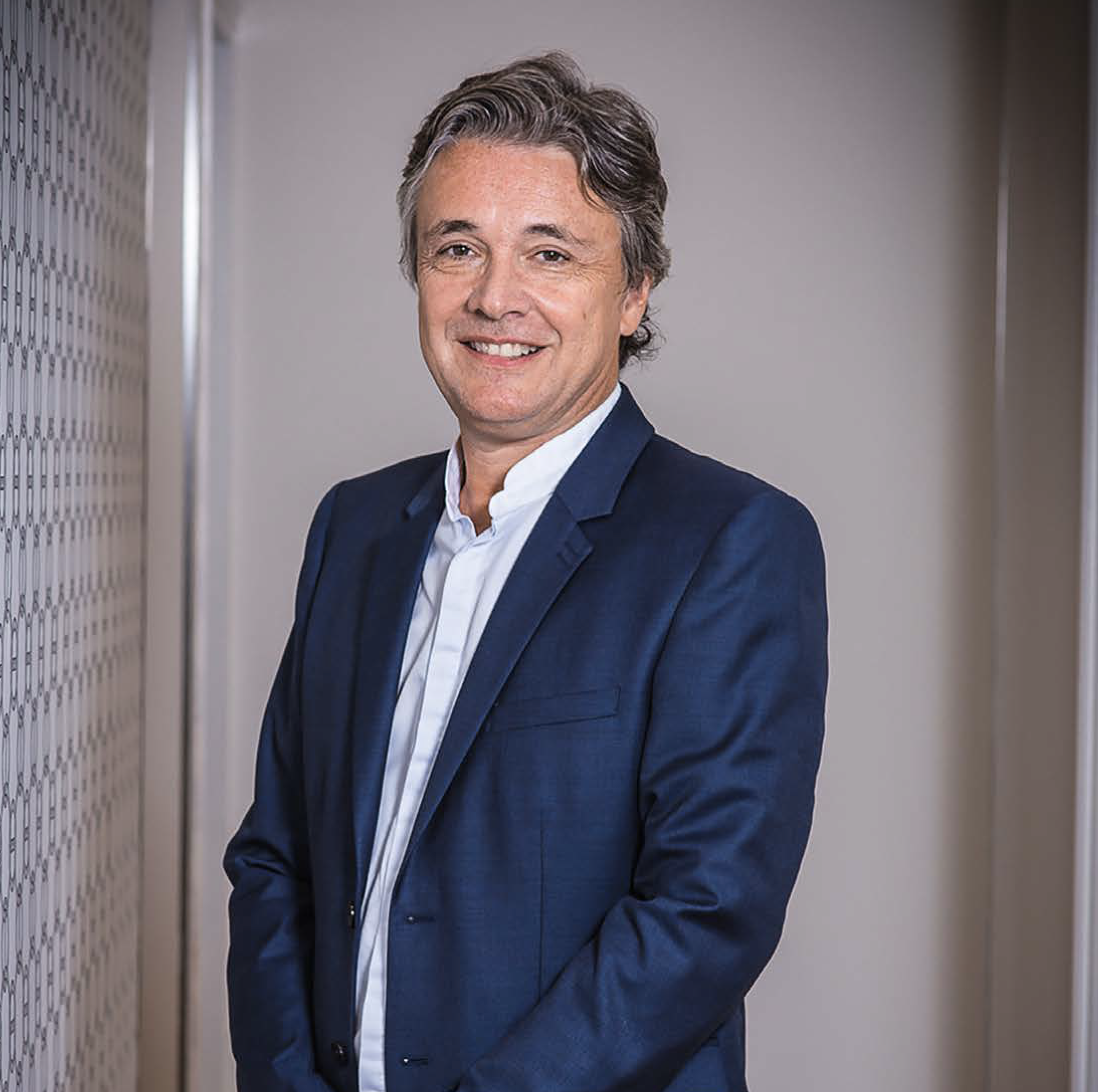By the doctor Philippe Blanchemaison
Cellulite is the result of a chronic imbalance in the adipocyte (adiposis) and its surrounding tissue, in particular the micro-circulation (water retention) and collagen (fibrosis), which leads to three different types of cellulite: adipose cellulite, fibrous cellulite, and cellulite with water retention.

More than a fat store, the adipocyte is an organ that regulates the energy balance by secreting mediators, a sort of hormone produced by the adipocytes, such as leptin, an anorexigenic substance (meaning that it regulates the appetite) which was isolated in 1994. The notion of adipostat, which appeared only recently, allows us to illustrate the regulating activity of the adipocytes. Similarly, our understanding of fibrosis has deepened thanks to new knowledge about collagen and glycation. Finally, the lymphatic system’s involvement in water retention and lipoedema have enabled us to better understand cellulite and its resistance to physical exercise and diets.
Adiposis corresponds to an increase in the number or volume of the adipocytes combined with the chronic dysfunction of their metabolism. This dysfunction is due to changes in the mechanisms of lipogenesis (triglyceride synthesis) and lipolysis (lysis of the triglycerides into glycerol and fatty acids) resulting from changes in the function of key enzymes, lipase lipoproteins and hormone receptors such as leptin (loss of satiety, i.e. the desire to continue eating beyond one’s requirements), insulin (which is how cellulite is aggravated through sugar consumption), oestrogen and progesterone (which explain cellulite development during hormone changes, puberty, pregnancy, menopause) and stress hormones (adrenaline, noradrenaline).
A dysfunction in the α2-adrenergic receptors and prostaglandin receptors or PYY receptors was also found in the adipocyte membrane of patients with cellulite. The abundance of these receptors is, in part, responsible for the adipocytes’ low lipolytic activity in patients with cellulite. It is this mechanism that is affected by one of the known pharmacological lipolytic factors: caffeine.
Using this multifactorial approach to cellulite, we are able to steer women with adipose cellulite towards a method that attacks the fat directly: injection of lipolytic products, lasers, focused ultrasounds, cryolipolysis, liposuction. The efficacy of these methods is operator-dependent, meaning that the results depend on the doctor’s experience.
When we are dealing with oedematous cellulite, with water retention, the drainage methods are selected according to the case: manual or pneumatic lymphatic drainage, lipo-massage, draining medication.
When the cellulite’s fibrous component is dominant, giving it a hardened appearance, only certain methods that target fibrosis should be used, such as shock waves or lasers.
When the cellulite is accompanied by skin sagging, we use methods such as radiofrequency, photo-biostimulation or platelet growth factors combined with a collagen diet (rich in zinc, silicon, selenium, vitamin E, vitamin C and amino acids).
In all cases, the action on the muscle is significant. Your GP can advise you about new types of active vascular exercise that act upon the deep postural muscles, which are four times more effective on veinous and lymphatic circulation compared with the more superficial muscles. Finally, in all cases, it is essential to improve the quality of the diet (dietary coherence) and compensate for any issues connected with dietary behaviour.
Références :
1- Blanchemaison P. Trois formes de cellulite, trois programmes de traitement ; J Med Esthet Chir Derm 2005;32(128) : 221-30.
2- Blanchemaison P. Classification des cellulites et conséquences thérapeutiques.Nouvelles Dermatologiques 2007, 26, 6, 22-28.
3- Blanchemaison P. La cellulite : physiopathologie, diagnostic, évaluation et traitement.Encyclopédie Médico-Chirurgicale, cosmétologie et dermatologie esthétique 2008, 50-480, A-10.
 By the doctor Philippe Blanchemaison
By the doctor Philippe Blanchemaison
Philippe Blanchemaison, MD, has been a vascular medicine specialist for 28 years in Paris, France. He worked in the Paris public hospital system for 12 years while serving for 8 years as editor-in-chief of the journal “International Vascular News”. Director of teaching at the Faculty of Medicine, University of Paris Descartes. He is the author of 264 published medical articles and of 16 medical books.












